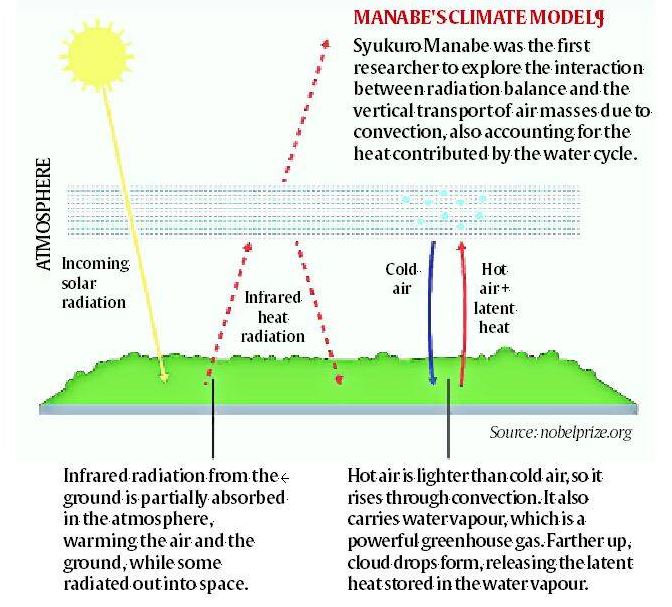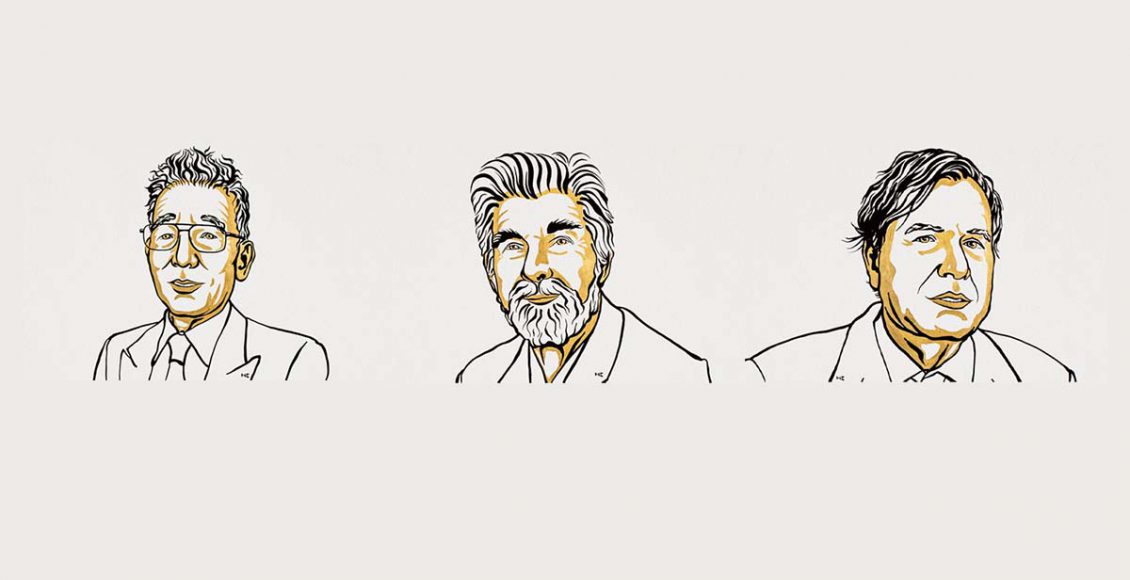The Nobel Prize in Physics 2021
Dr. D. Rout
Associate Professor Physics, School of Applied Sciences
The 2021 Nobel Prize in Physics was jointly awarded to Giorgio Parisi (for the discovery of the interplay of disorder and fluctuations in physical systems from atomic to planetary scales), Syukuro Manabe and Klaus Hasselmann (for the physical modelling of Earth’s climate, quantifying variability and reliably predicting global warming) for their groundbreaking contributions to our understanding of complex systems.
Giorgio Parisi was born in 1948 in Rome. Italy. A Ph.D. in 1970 from Sapienza University of Rome, he is now a Professor at Sapienza University of Rome. Syukuro Manabe was born in 1931 in Shingu, Japan. He earned his Ph.D. in 1957 from University of Tokyo, Japan and is now a. Senior Meteorologist at Princeton University, USA. Born in 1931 in Hamburg, Germany and a Ph.D. in 1957 from University of Göttingen, Germany, Klaus Hasselmann is now a Professor at Max Planck Institute for Meteorology, Hamburg, Germany.
This year’s Nobel Prize recognises new methods for describing complex systems that are characterised by randomness and disorder and for predicting their long-term behaviour. Earth’s climate is one of such complex system of vital importance to humankind. The Laureates have guided us to gain deeper insights into the properties and evolution of complex physical systems.
Syukuro Manabe demonstrated how increased levels of carbon dioxide in the atmosphere lead to increased temperatures at the surface of the Earth. In the 1960s, he led the development of physical models of the Earth’s climate and was the first person to explore the interaction between radiation balance and the vertical transport of air masses. He posited that increased levels of carbon dioxide lead to higher temperatures in the lower atmosphere, while the upper atmosphere gets colder and confirmed that the variation in temperature is due to increased levels of carbon dioxide (Fig. 1). His work laid the foundation for the development of current climate models.

Source: The Nobel Prize in Physics 2021 – Popular science background, The Royal Swedish Academy of Sciences, p. 3.
Klaus Hasselmann in 1970s created a model that links together weather and climate, thus answering the question of why climate models can be reliable despite weather being changeable and chaotic. He also developed methods for identifying specific signals, the fingerprints, that both natural phenomena and human activities imprint in the climate (Fig. 2). His methods have been used to prove that the increased temperature in the atmosphere is due to human emissions of carbon dioxide.

Source: The Nobel Prize in Physics 2021 – Popular science background, The Royal Swedish Academy of Sciences, p. 6 (for Fig. 2) and p. 8 (for Fig. 3).
Giorgio Parisi, in 1980, studied discovered hidden patterns and behaviour in disordered complex materials such as a spin glass (a metal alloy of say iron atoms mixed into a grid of copper atoms where an iron atom, which normally behaves like a small magnet, has difficulty choosing which direction to point, Fig. 3). Based on the spin glass model, he developed a theory of disordered and random phenomena that covers many other complex systems. His discoveries are among the most important contributions to the theory of complex systems. They make it possible to understand and describe many different and apparently entirely random materials and phenomena, not only in physics but also in other, very different areas, such as mathematics, biology, neuroscience and machine learning.
Sources
- Castelvecchi, D. and N. Gaind (2021), Climate Modellers and Theorist of Complex Systems Share Physics Nobel. Nature, 598(7880), pp. 246-247.
- Hegerl, G. and F. Zwiers (2011), Use of Models in Detection and Attribution of Climate Change, Wiley Interdiscip. Ref. Clim. Change 2, 570.
- Parisi, G. (1946, 1983) Order Parameter for Spin-Glasses, Phys. Rev. Lett. 50.
- https://www.nobelprize.org/prizes/physics/2021/summary
- https://physics.aps.org/articles/v14/141


